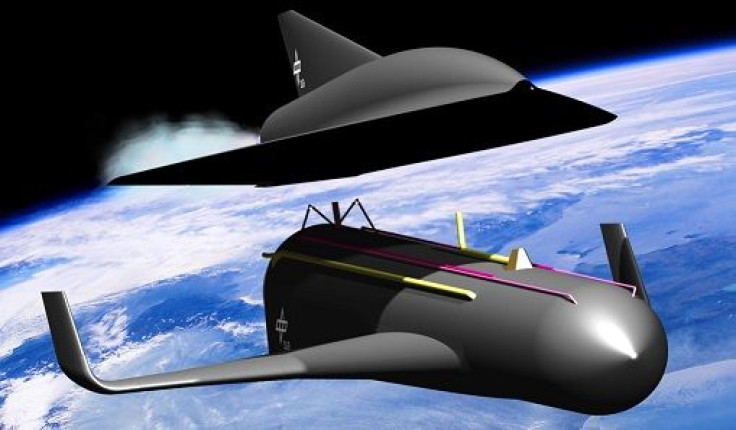Futuristic rocket-propelled German jet will fly passengers from Australia to Europe in just 90 minutes

An aerospace agency in Germany has decided to design a futuristic rocket-propelled jet that will significantly reduce the overseas travelling time. Dubbed as SpaceLiner, the jet maker claims to fly passengers from Australia to Europe in just 90 minutes.
The mastermind behind the futuristic rocket-propelled jet, DLR Institute of Space Systems, believes that even though the jet won't be available for passenger travel by 2050, the concept if practically achievable. The SpaceLiner will be designed to launch straight into the Earth's stratosphere, where it will be able to travel up to the speed of 13,300 kilometres per hour.
“The two-stage, vertical-takeoff configuration concept consists of a large unmanned booster and a manned stage designed for 50 passengers and two crew members,” states the DLR Web site.
The SpaceLiner is designed to have a total of 11 liquid rocket engines that will use cryogenic liquid oxygen and hydrogen for its operation. That is, only water vapours and hydrogen will be released into the atmosphere when the rocket engines in the spacecraft function.
However, the environment-friendliness of the SpaceLiner will not affect its speed. In just 10 minutes, it will still be able to travel 20 times faster that the speed of sound.
The futuristic jet will have a length of 83.5 metres and a wingspan of 37.5 metres. According to the space agency, travelling through SpaceLiner will be initially aimed toward the wealthy, however, the clientele base is expected to change in the future.
According to DLR, “even in the case that only a very small portion of the upper business-travel segment could be tapped by the SpaceLiner, production rates of RLVs and their rocket engines could increase hundredfold, which is out of reach for all other known earth-orbit space transportation system concepts.”
Contact the writer at feedback@ibtimes.com.au, or let us know what you think below.






